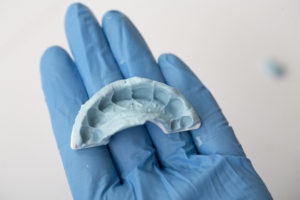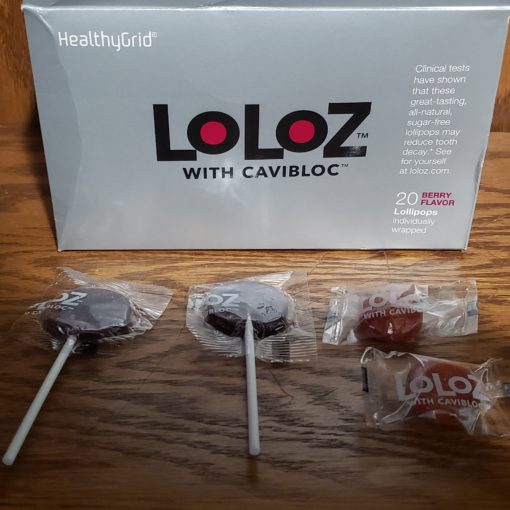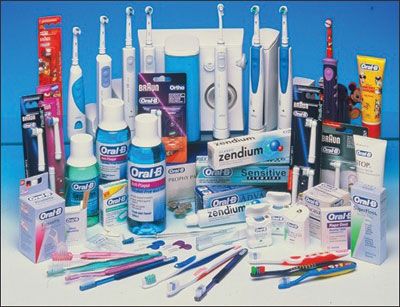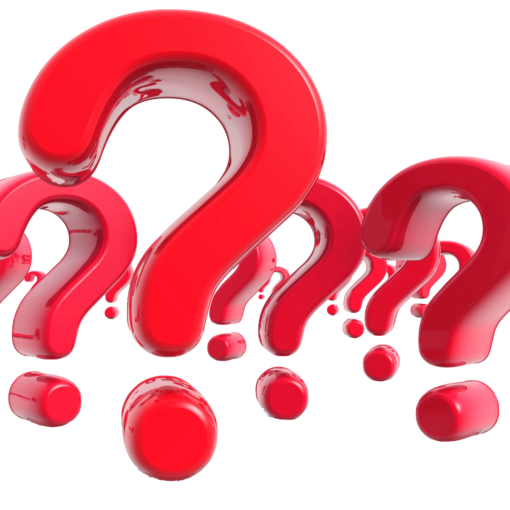Jaw Muscle Sprain and Strain
So, what exactly is a Jaw muscle sprain or strain and what can cause it and how can it be prevented?
Sprain vs Strain
A “sprain” is the excessive stretching of ligaments. Jaw sprain occurs to the ligaments surrounding the jaw when they are stretched farther than normal. The sprain of the ligament fibers varies from mild to severe depending on the amount of ligaments torn.
A “strain” involves an injury to the muscle or tendons. Strains particularly to the jaw occurs due to the constraints and demands placed on the muscle fibers. If the muscles are unable to handle the stress it can cause the muscle fibers to hyperactivate and to tear.
What can cause Jaw muscle sprain and strain?
- Procedures that are long
- Multiple procedures in a short time frame
- Procedures on both sides of the mouth for example: all four wisdom teeth extractions
- Injections for the bottom teeth
- Pressure on the jaw during procedures
What does Jaw muscle sprain and strain feel like?
- Tightness in the jaw, the urge to have to move the jaw around to release something
- Trismus: limited and hesitant opening of the mouth
- Soreness in the cheek, muscles and TMJ area
Who’s at higher risk for Jaw muscle sprain and strain?
- Previous jaw injuries
- A blow to the jaw
- Clenching and grinding
- Extending the opening of the mouth while yawning or taking a big bite of food
- Hard or sustained chewing
- Car accident
Treatment
Before
Take notice how your jaw feels the day of your appointment. If it feels worse than usual reschedule the appointment if possible, so you don’t aggravate conditions more. We all have bad and worse days, if it’s one of them the day of your appointment do what’s best for you.
Take anti-inflammtories prior to the appointment.
If you already have jaw issues schedule short appointments so the mouth isn’t opened for longer than necessary.
During
Ask for a bite block that relieves the jaw muscles from doing all the work.
Ask for breaks to be able to relax the jaw in increments.
If it’s just too painful quit the appointment, no use aggravating a situation for it to last days or weeks afterwards.
If the jaw is struggling to stay open, meaning it’s uncomfortable and quivering, while all at the same time it’s even more uncomfortable to try and close it and you feel like you need to cup your jaw with your hands to close it, that is a sign that jaw sprain or strain is actively happening.
After
If needed after the appointment and especially if you have previous jaw or at a higher risk for getting jaw issues the dentist may be able to provide a Quicksplint. It is an appliance that is relined for a custom fit for either the top or bottom arch. It’s engineered as an anterior deprogrammer for quicker recovery and to wear at night and reduce oral habits, allowing the jaw muscles and joints to relax and rest at night, and encourage healing. This type of splint is advantageous when eventually a night guard is needed to use when multiple appointments that can progress over a longer timeframe for dental procedures. Using a temporary splint of sorts until the completion of treatment will provide major protection of the teeth and work being done until a lab made night guard can be successfully provided.

Quick splint
Treatment is very important and the sooner it’s started the better of an outcome. Research has proven people still complain of jaw issues after five years if it’s not resolved within a month after injury. If within a week after a dental procedure and any kind of lingering jaw, cheek and TMJ soreness appears TAKE ACTION!
- Heat/cold compresses to relieve swelling and pain
- NSAIDs or Aspirin to lower inflammation
- Massage loosens the muscles and allows blood flow
- Soft foods as not to apply heavy chewing on vulnerable structures
- Wear a night guard if grinding or clenching so the situation doesn’t exacerbate
- Avoid opening too wide and resting jaw on hands
Jaw Exercises
Place the tongue behind the upper front teeth and open the jaw as comfortable as can be. Perform 10 times each, three times a day.
I have to say, many dental offices may not be aware of jaw sprain or strain to be efficiently proactive or postactive. It is something that happens, really to no fault of anyone. It’s like any procedure, medical or dental, that is performed to the body. The body reacts as it does and there’s no predicting what may happen. I’m trying to say if this happens to you be aware of what it is and qickly start treatment so it can respond to healing sooner than later. Think of it as a sprained ankle, the better immediate after care that takes place the more enhancement of the healing will take place.
More information on Jaw muscle sprain and strain visit: https://quicksplint.com/pages/safe-protocol





